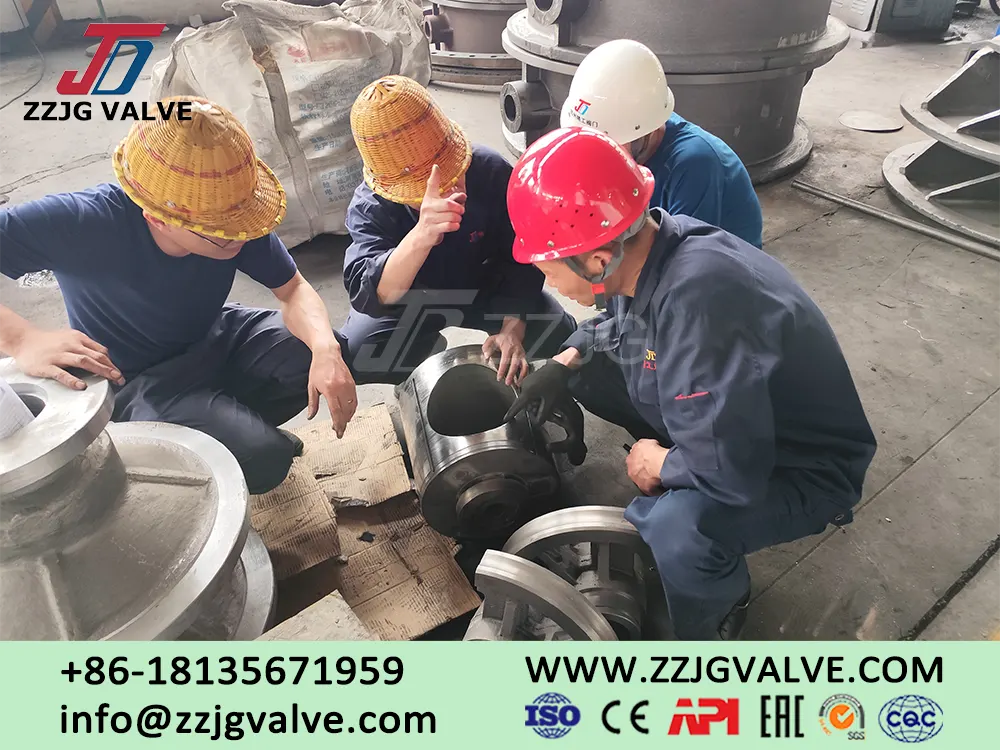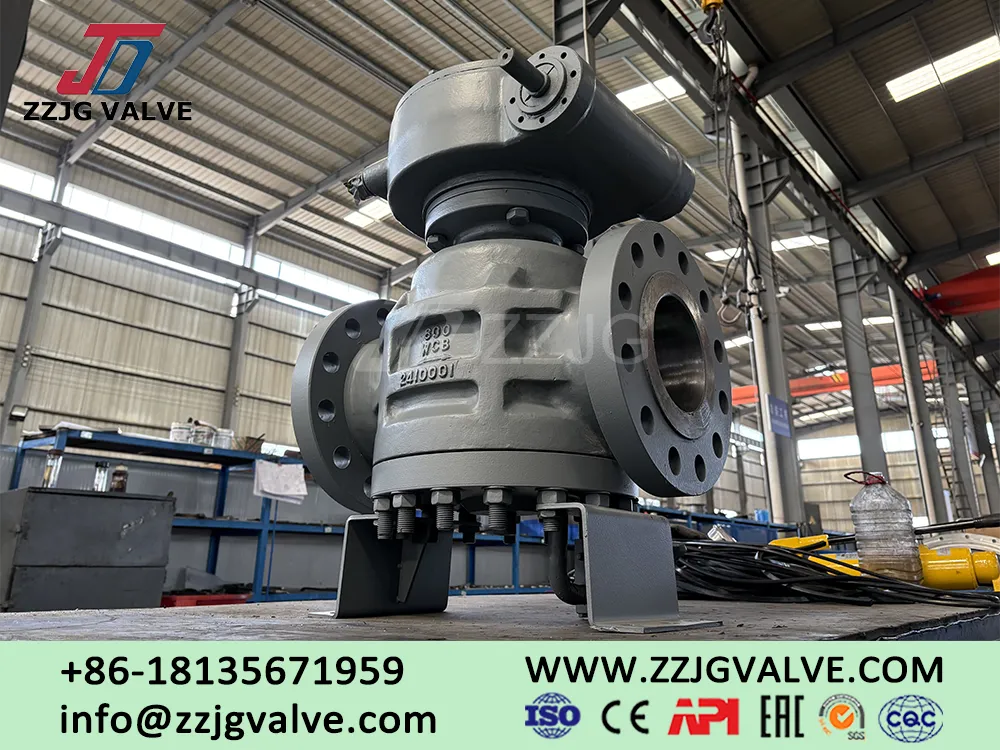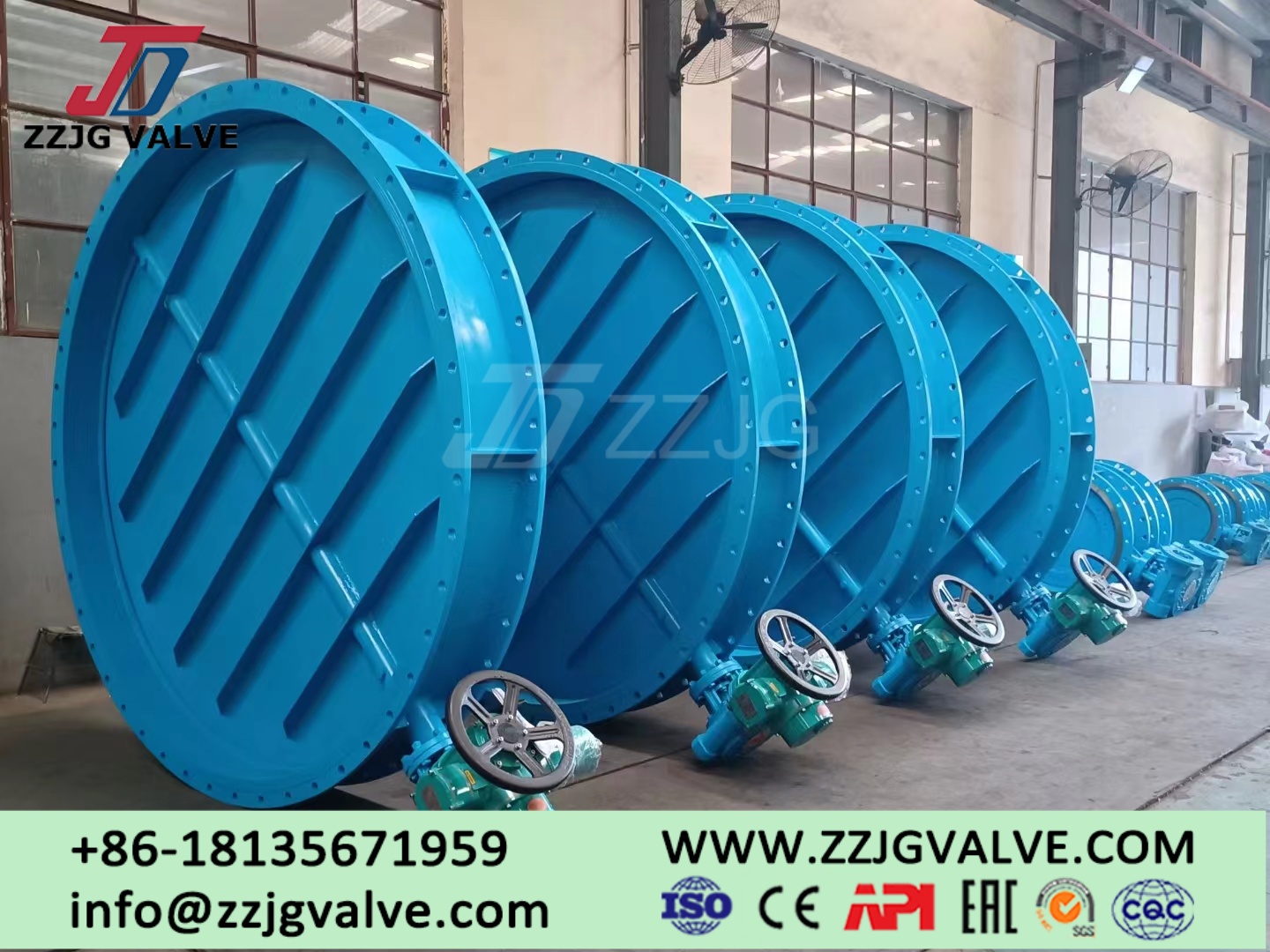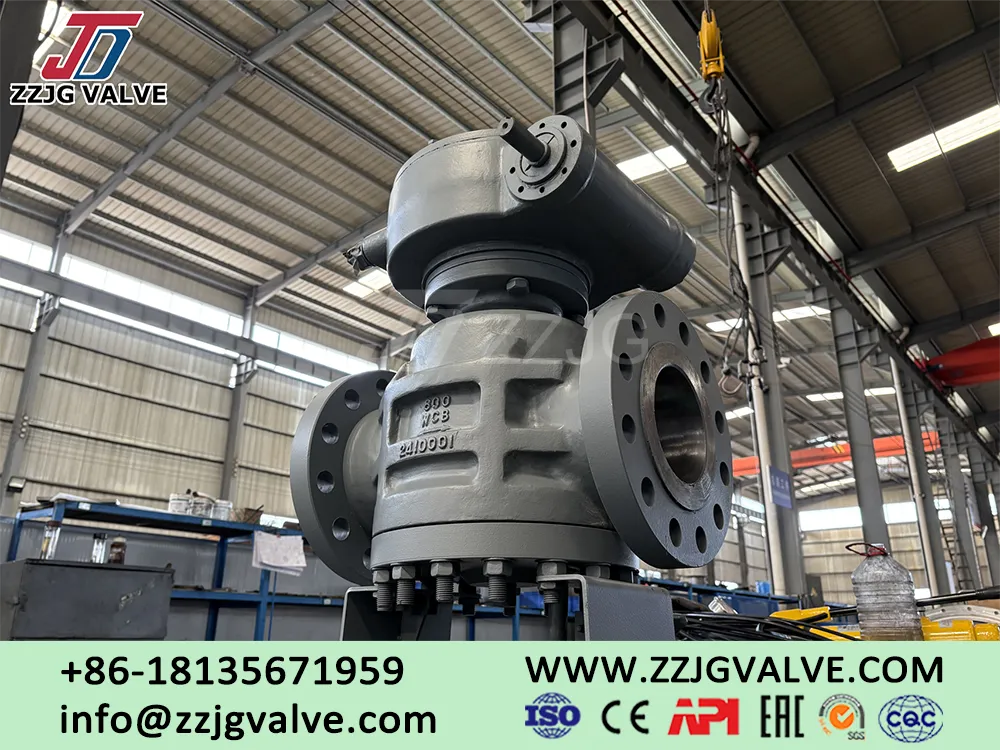Fluorine-Lined Butterfly Valve: A Reliable Choice for Corrosion Resistance
In modern industrial processes, valves are critical components for fluid control, directly impacting production safety and efficiency. Fluorine-lined butterfly valves have become the preferred choice in industries such as chemical, pharmaceutical, and environmental protection due to their excellent corrosion resistance and cost-effectiveness. This article provides a detailed introduction to the types, working principles, suitable environments, and industrial applications of fluorine-lined butterfly valves to help users make informed selections and optimize their use.
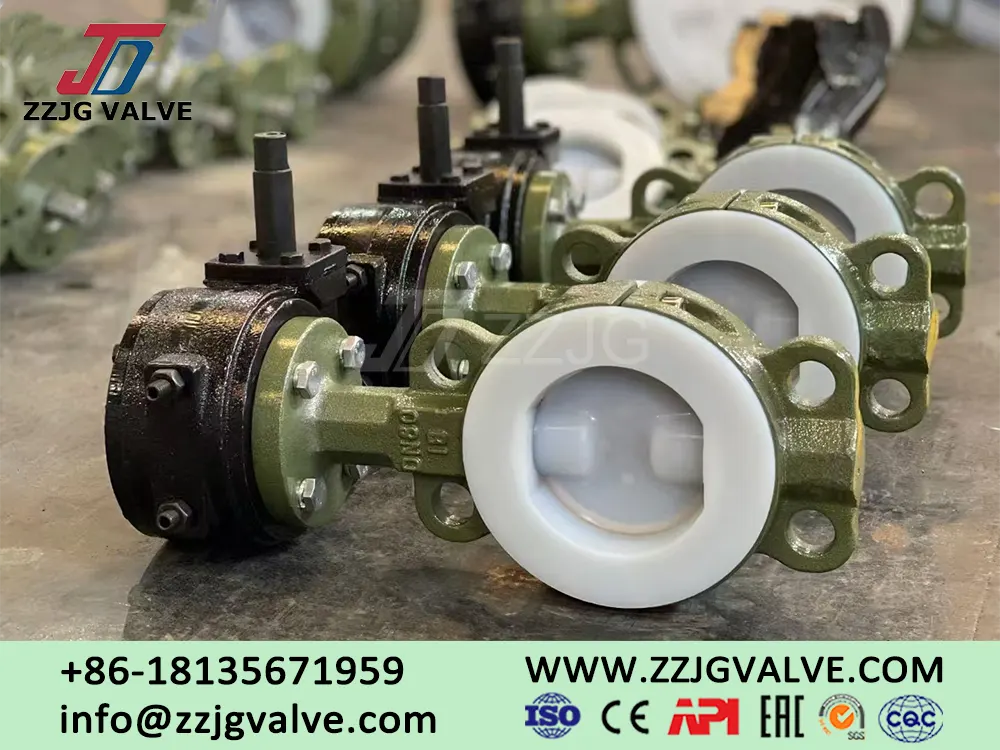
Main Types of Fluorine-Lined Butterfly Valves: Fluorine-lined butterfly valves can be categorized based on structure and actuation methods.
a. Centerline Fluorine-Lined Butterfly Valve: The valve stem and disc are centrally designed, featuring a simple structure and good sealing performance, suitable for low-pressure and room temperature corrosive media.
b. Double Eccentric Fluorine-Lined Butterfly Valve: The valve stem is offset from the disc center, reducing friction and extending service life, making it ideal for medium-low pressure conditions.
c. Triple Eccentric Fluorine-Lined Butterfly Valve: The valve stem and disc employ eccentric designs to achieve metal hard sealing, capable of withstanding high temperatures and pressures, suitable for demanding conditions.
d. By Actuation Method: Includes manual, pneumatic, electric, and gear-operated options, allowing users to choose based on automation needs.
Working Principle and Structural Features: The core components of a fluorine-lined butterfly valve are the disc and seat. The disc rotates to open, close, or regulate fluid flow. Its unique feature lies in the lining of the valve body, disc, and sealing surfaces with polytetrafluoroethylene (PTFE) or other fluoroplastics, providing exceptional resistance to acids, alkalis, and corrosion.
a. Sealing Performance: The soft fluorine-lined material ensures tight contact with the seat, achieving zero leakage.
b. Low Flow Resistance: When fully open, the flow path is unobstructed, minimizing pressure loss and improving energy efficiency.
c. Easy Operation: Compared to gate or globe valves, butterfly valves offer quicker opening and closing, making them suitable for frequent operation.
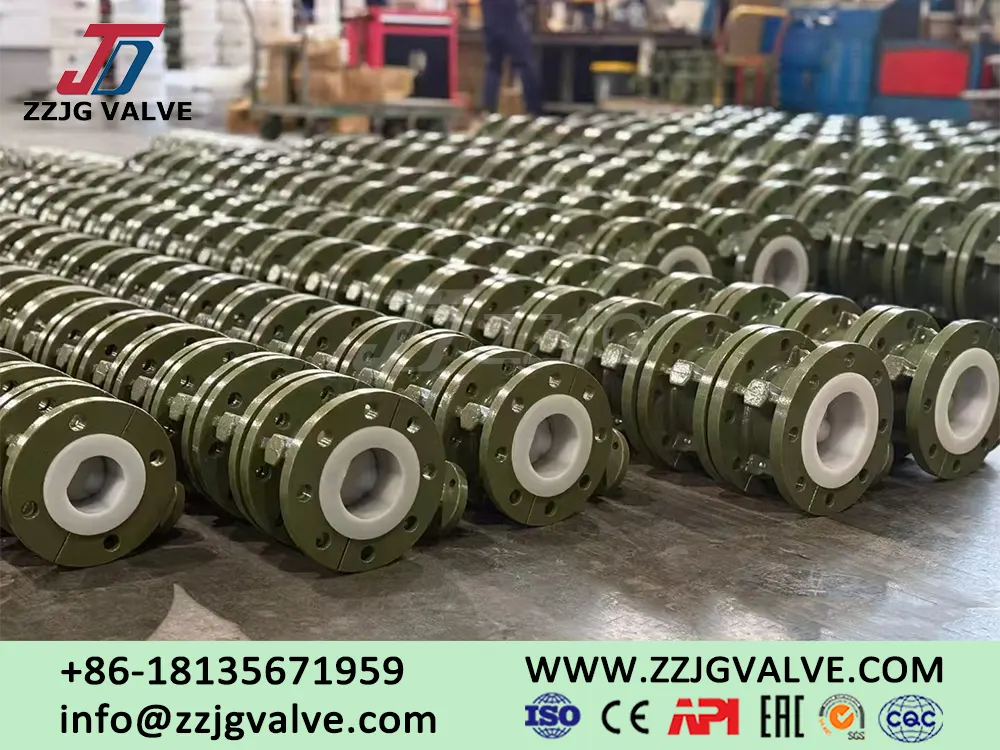
Suitable Environments and Media: Поворотные затворы с фторопластовой прокладкой are specifically designed for highly corrosive media and are suitable for the following conditions.
a. Temperature Range: -29°C to 150°C (depending on the lining material; PTFE can withstand up to 200°C).
b. Pressure Rating: Typically used in PN6–PN16 medium-low pressure pipelines, with some triple-eccentric designs capable of handling higher pressures.
c. Compatible Media: Strong acids (sulfuric, hydrochloric, nitric, hydrofluoric), alkalis, organic solvents, chlorine gas, brine, and other corrosive gases or liquids.
Industrial Applications
a. Chemical Industry: Widely used in transporting and processing corrosive substances such as acids, alkalis, and salts, including sulfuric acid production lines and pesticide manufacturing.
b. Pharmaceutical Industry: Complies with GMP standards, suitable for high-purity pharmaceutical liquids or corrosive cleaning agents.
c. Environmental Engineering: Used in wastewater treatment and exhaust gas purification systems for corrosive fluid control.
d. Metallurgy & Power: Applied in desulfurization, denitrification, and electrolytic fluid transport under high-temperature corrosive conditions.
e. Food Industry: Certain fluorine materials meet food-grade standards, making them suitable for pipelines handling acetic acid, citric acid, and other food additives.
Selection and Maintenance Recommendations
Key Selection Factors: Choose lining materials (e.g., PTFE, FEP, PFA) based on media characteristics. Opt for triple-eccentric metal-sealed designs in high-temperature applications. Prioritize pneumatic or electric explosion-proof actuators in flammable/explosive environments.
Maintenance Tips: Regularly inspect for lining detachment or aging.
Avoid scratching sealing surfaces and prevent media crystallization buildup. For long-term storage, keep the valve partially open to prevent seal deformation.

Fluorine-lined butterfly valves, with their outstanding corrosion resistance and cost-efficiency, are an ideal solution for controlling corrosive fluids. Users should consider media properties, operating pressure, and temperature when selecting valves to ensure long-term reliability. With advancements in fluoroplastic technology, the applications of fluorine-lined butterfly valves will continue to expand, providing enhanced safety and efficiency for industrial production.

